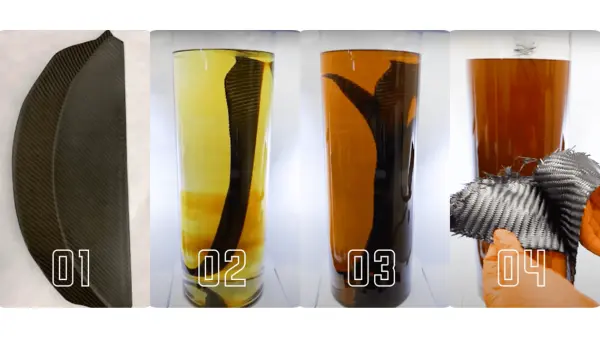News
Stay informed with the latest updates, news and breakthroughs from Mallinda, your source for cutting-edge developments in sustainable polymers, advanced materials, and innovative technology shaping the future.

Mallinda launches Vitrimax VHM resin for complete composites recyclability
Source: compositesworld
Subscribe to our newsletter!
Stay up to date with our monthly newsletter, including news and product announcements.